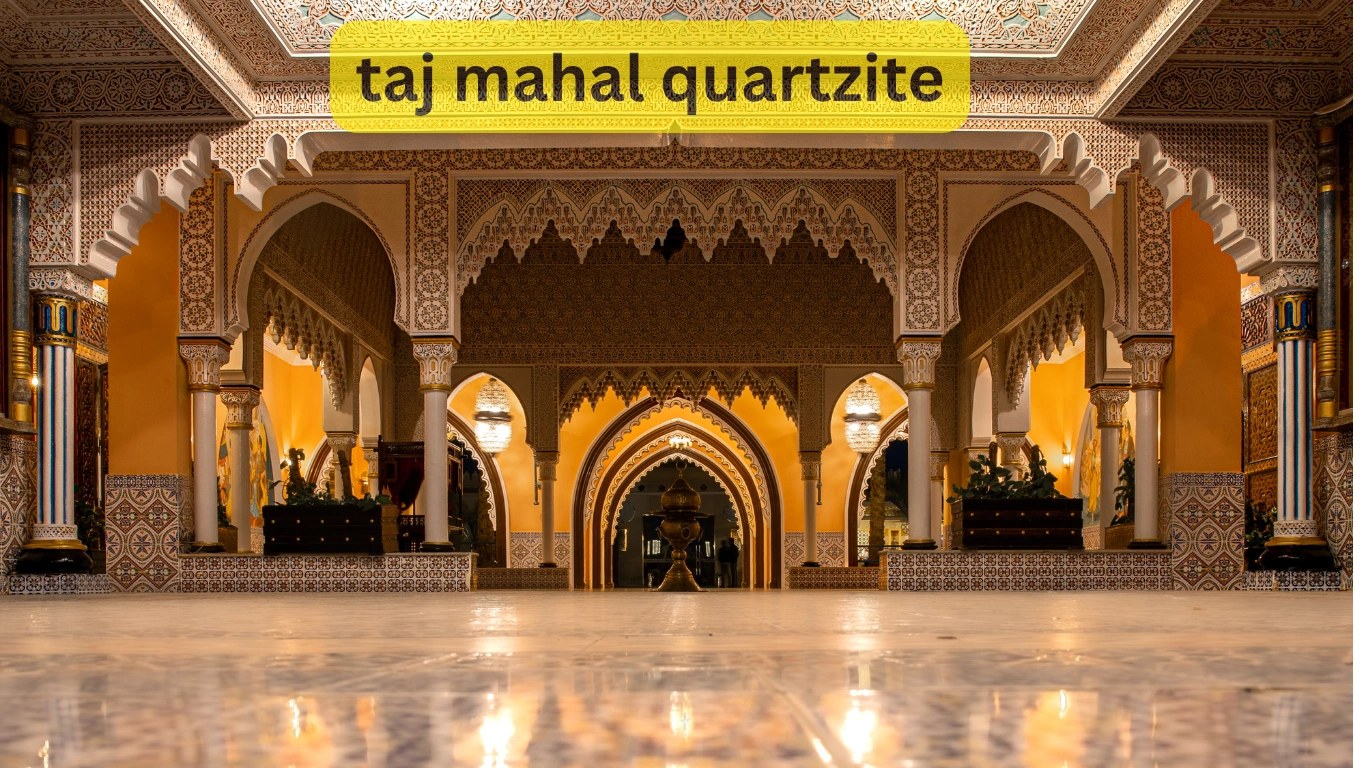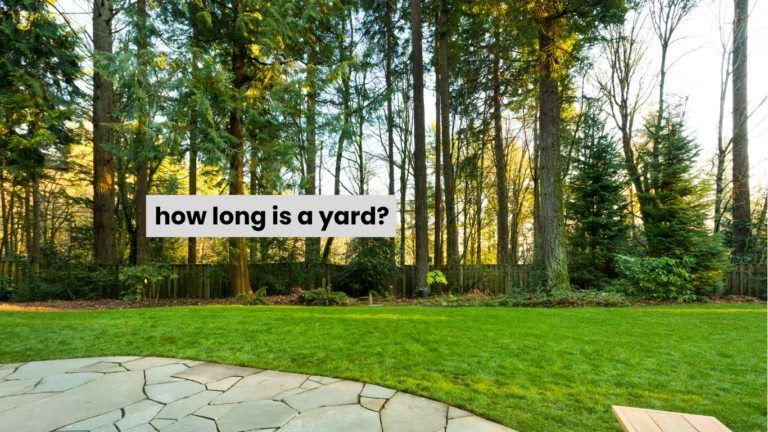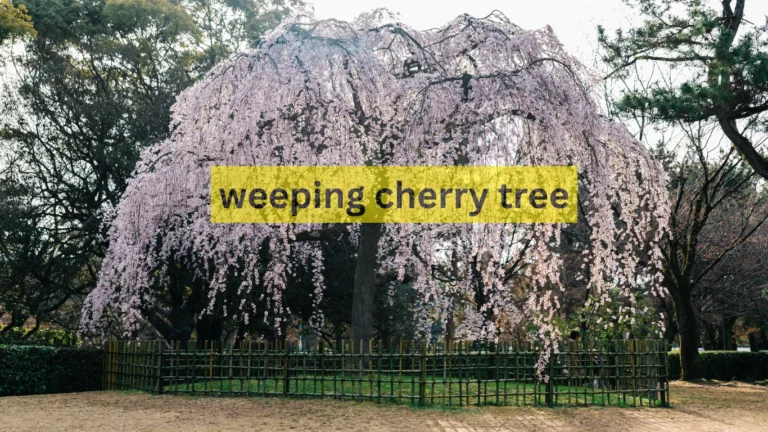Taj Mahal Quartzite: Guide to This Timeless Stone
Taj Mahal Quartzite is a strong and beautiful stone that people use in their homes. Even though it sounds like it comes from India, it actually comes from Brazil. This stone has a light cream color with soft gold lines, which makes it look fancy like marble. But it’s much stronger than marble. That means it won’t scratch or get ruined easily. People like to use Taj Mahal for kitchen counters, bathroom sinks, and floors. In this guide, you’ll learn what it is, why people love it, and how to take care of it so it stays nice for a long time.
What Is Taj Mahal Quartzite?
Taj Mahal is a natural metamorphic stone that comes from Brazil, not India, as its name might suggest. It is made almost entirely of quartz, formed when sandstone is subjected to intense heat and pressure deep within the earth. This process gives quartzite its strength and durability, along with its unique patterns and colors.
This stone features a soft beige or cream background with elegant gold or taupe veins running through it. It resembles high-end marble but doesn’t have marble’s weaknesses. Unlike marble, Taj Mahal resists scratching and etching, making it a better choice for busy kitchens.
Why Taj Mahal Quartzite Is So Popular

Over the past decade, Taj Quartzite has become one of Brazil’s most exported stones. It is especially popular in the United States. One major reason for its popularity is its visual appeal. It brings the warm beauty of marble but is much more durable. This combination of looks and strength has made it the go-to choice for many interior designers.
Another reason why so many people love Mahal Quartzite is its low porosity. Natural stones often have tiny holes that absorb liquids and stains. However, this quartzite has a very low absorption rate, which makes it less likely to stain when properly sealed. That’s great news for anyone installing it in kitchens or bathrooms.
Durability and Performance
One of the biggest advantages of Taj Mahal is its hardness. It ranks around 7 on the Mohs hardness scale, which is harder than most granite stones. This makes it very resistant to scratches, even from sharp knives or heavy cookware. It’s also resistant to heat, so you can place hot pans on the surface without worrying about damage.
Because it is so tough, Taj Quartzite is a bit harder to cut and shape during fabrication. Professionals use diamond-tipped blades and quartzite-specific tools to handle it. Despite this, the results are worth the effort, as the final product looks polished and elegant in any setting.
Design Versatility
Taj Quartzite fits beautifully in many interior design styles. Whether you’re creating a modern kitchen or a rustic bathroom, its neutral tones make it highly adaptable. Its soft coloring pairs well with wood, metal, tile, and a variety of cabinet finishes. It brings warmth and brightness into a space, creating a timeless look that never feels outdated.
Because of its clean appearance, this quartzite also works well in large open spaces. Whether it’s used on a kitchen island, as a full-height backsplash, or even in flooring, it creates a unified, elegant feel. Many designers recommend using it alongside brushed nickel or chrome hardware for a modern touch.
Common Applications
Taj Quartzite is used for a wide range of applications. The most common use is for kitchen countertops because of its durability and stain resistance. But it’s also a popular choice for:
- Bathroom vanities and walls
- Fireplace surrounds
- Accent walls
- Flooring in high-traffic areas
- Outdoor kitchens and barbecue spaces
Its ability to stand up to moisture and temperature changes makes it suitable for both indoor and outdoor use.
Sizes, Finishes, and Availability
You can find Taj Quartzite in slabs of different thicknesses. The most common sizes are 2 cm and 3 cm slabs. It is available in multiple finishes, including polished, honed, and brushed. Each finish brings a different feel and texture to the stone, allowing you to customize it to match your space.
Here is a simple table of slab sizes and finishes available:
| Thickness | Finish | Common Use |
|---|---|---|
| 2 CM | Polished | Countertops, vanities |
| 2 CM | Honed | Wall panels, backsplashes |
| 3 CM | Polished | Kitchen islands |
| 3 CM | Brushed | Flooring, outdoor use |
Maintenance Tips for Long-Lasting Beauty
Maintaining Taj Quartzite is simple. Sealing the stone after installation helps protect it from stains. It’s a good idea to reseal it once or twice a year, depending on how heavily it’s used. To clean it, just use a pH-neutral stone cleaner. Avoid vinegar, bleach, or harsh chemicals that can break down the seal.
To test if the surface needs resealing, try the “water drop test.” Place a few drops of water on the stone. If it soaks in quickly, it’s time to reseal. Regular cleaning and occasional polishing will keep the stone looking its best for years.
Where It Comes From
Even though it’s named after a famous Indian monument, Mahal Quartzite comes from Brazil. The stone is quarried in the state of Ceará, where several quarries produce variations of the same creamy material. Other commercial names include Perla Venata, Matira, and Naica, depending on the quarry and company branding the slabs.
Cost of Taj Mahal Quartzite
Taj Quartzite is a premium natural stone, and its price reflects that. On average, it can cost between $95 and $120 per square foot installed. The cost may vary based on the slab thickness, finish, and your location. While it is more expensive than many granites, its durability and beauty make it a solid long-term investment for your home.
Conclusion:
If you’re looking for a natural stone that combines timeless beauty with exceptional durability, Taj Quartzite is a standout choice. Its soft, creamy tones and subtle veining bring the elegance of marble, while its quartzite composition ensures long-lasting performance in even the busiest parts of your home. Whether you’re upgrading your kitchen, renovating a bathroom, or designing a luxurious living space, Taj Quartzite offers both function and sophistication. With proper care and sealing, this stunning stone will maintain its brilliance for years to come making it not just a style statement, but a smart investment.
FAQs
1. What is Taj Mahal Quartzite?
Mahal Quartzite is a natural stone from Brazil, known for its creamy color, gold veining, and superior strength and durability.
2. Is Taj Mahal Quartzite durable for kitchen countertops?
Yes, it’s extremely durable, heat-resistant, and scratch-resistant, making it perfect for kitchen countertops and high-traffic areas.
3. How much does Taj Mahal Quartzite cost?
Installed prices typically range from $95 to $120 per square foot, depending on thickness, finish, and region.
4. Does Taj Mahal Quartzite need sealing?
Yes. Although it’s less porous than other stones, sealing helps prevent stains and maintains its beauty over time.
5. How do I clean Taj Mahal Quartzite?
Use a pH-neutral cleaner made for natural stone. Avoid acidic or abrasive cleaners to protect the surface and sealant.







